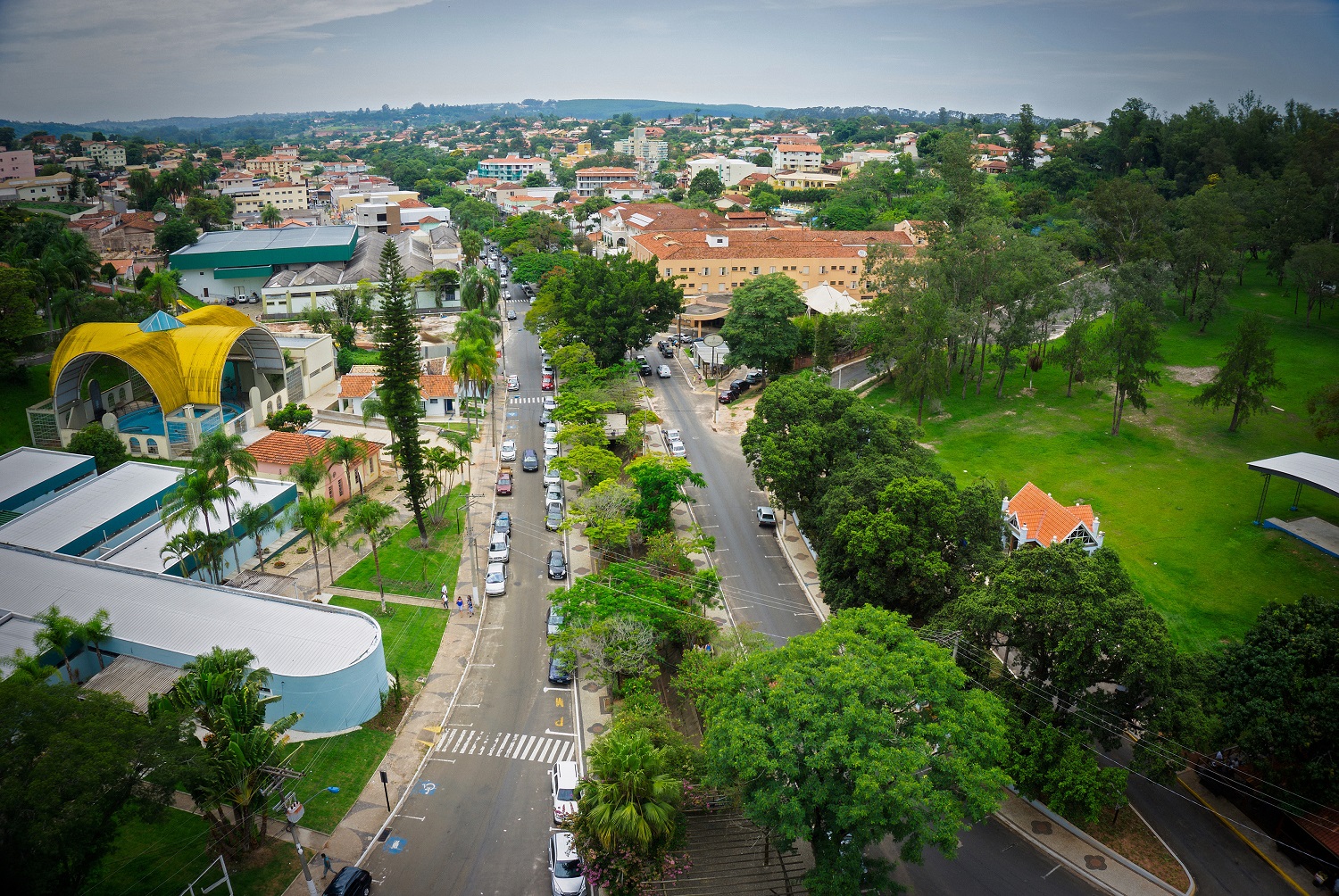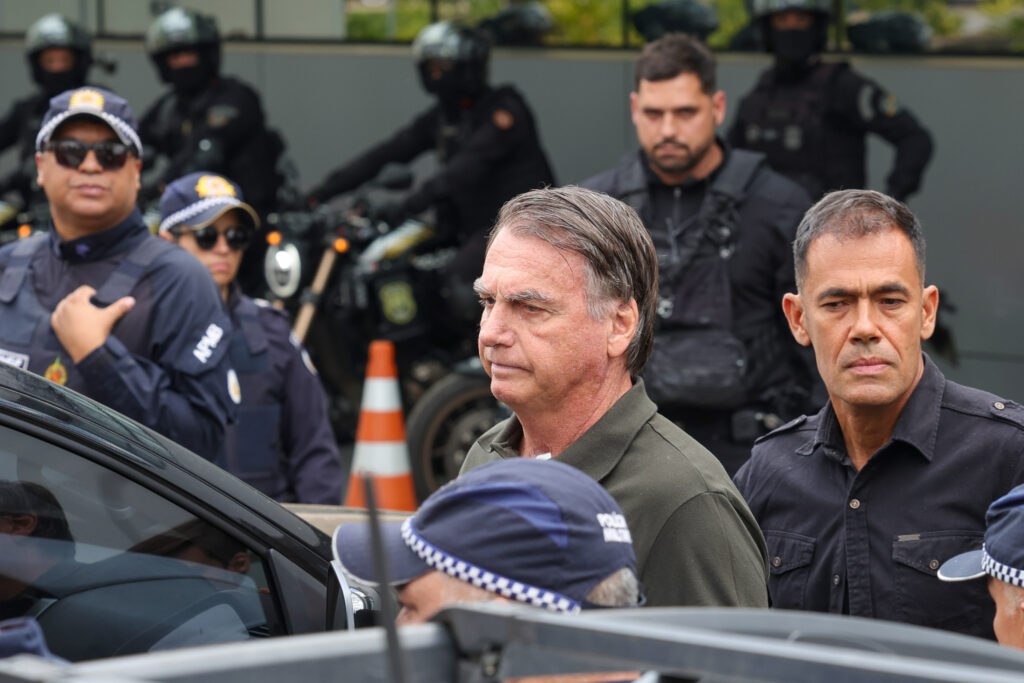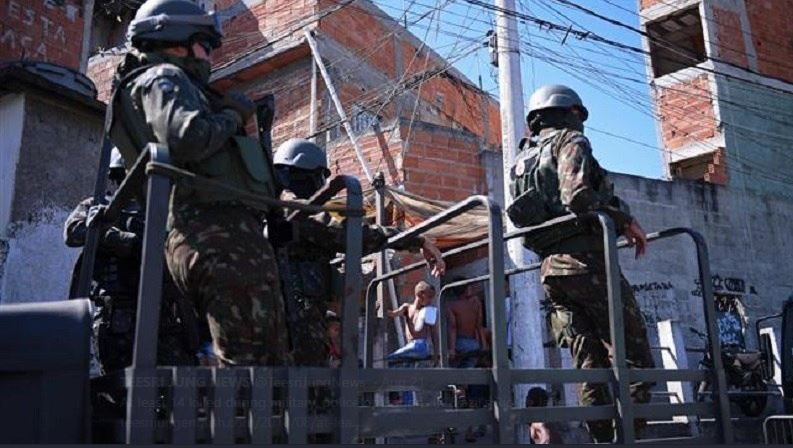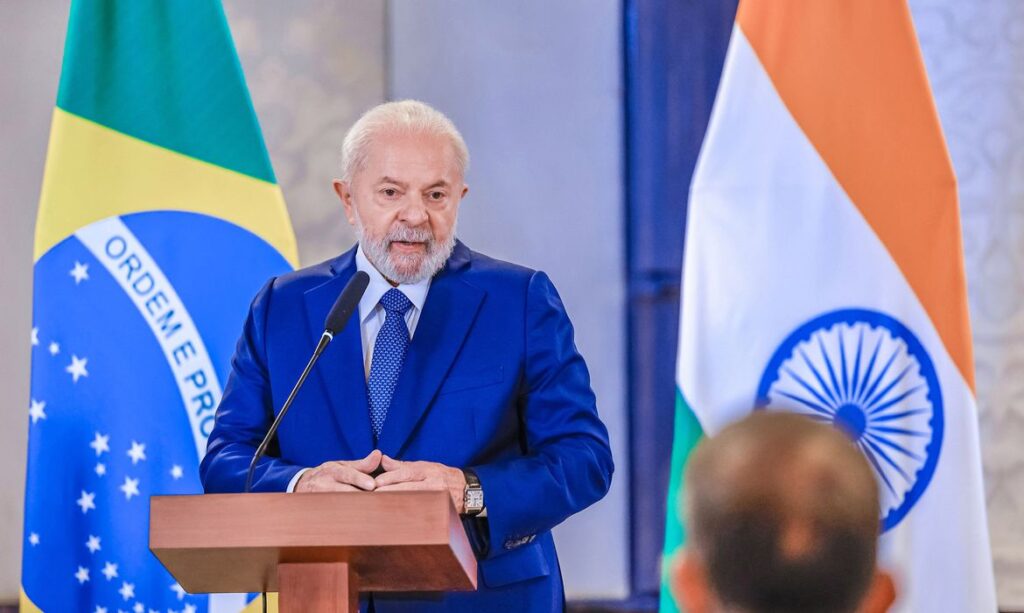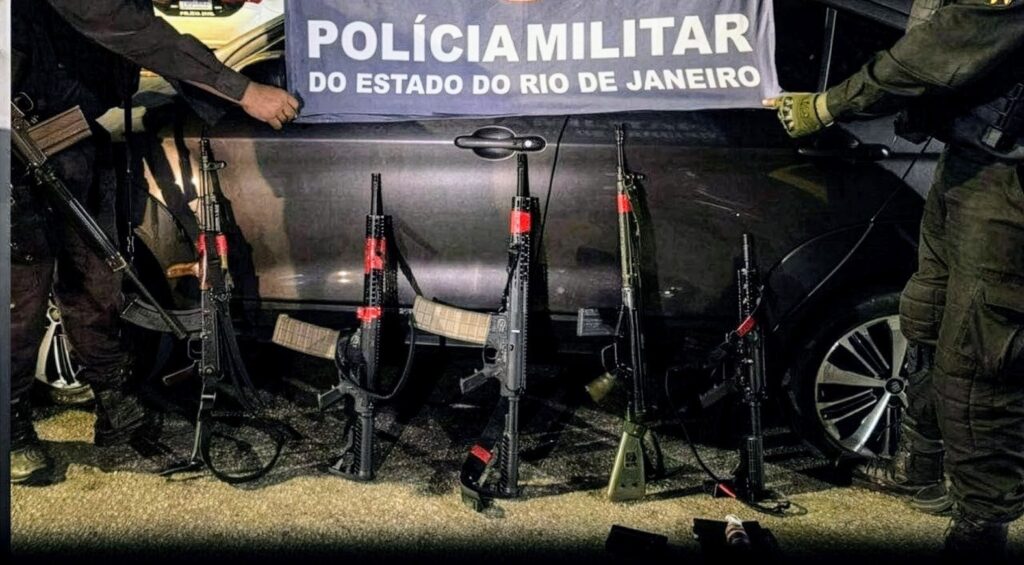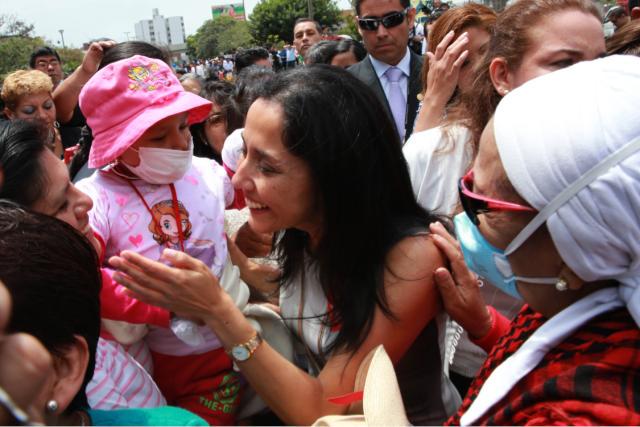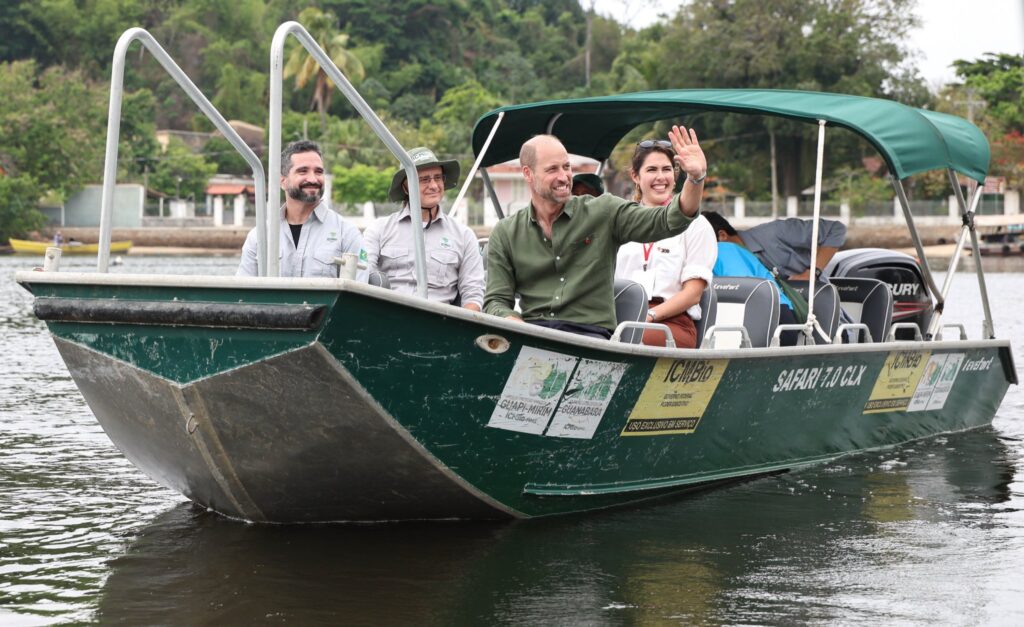São Paulo, Brazil – A new study that utilizes the Social Progress Index (SPI) to evaluate the quality of life across all 5,570 municipalities in Brazil was released earlier this month. According to researchers, eight of the 10 highest-ranking municipalities are located in the southeastern São Paulo state, while the lowest-ranking municipalities are from the northern Amazon region.
Brazil’s two largest and most well-known cities didn’t make the top of the list. São Paulo ranked 40th with low scores for social inclusion, and Rio de Janeiro ranked 229th thanks to high violence rates, poor education, and climate vulnerability.
Launched in 2014 by Professor Michael Porter of Harvard Business School, this indicator considers social and environmental aspects, rather than economic factors like gross domestic product (GDP) and per capita income, to measure cities’ quality of life.
Using over 300 different indicators provided by government agencies and research institutions, the index is based on three main pillars, including basic human needs, foundations of well-being, and opportunities. It’s also divided into 12 categories, such as nutrition and medical care, water and sanitation, security, social inclusion, and environmental quality.
Because of the complexity of the data being observed, some of Brazil’s cities that most frequently top these sorts of lists, such as Salvador, Recife, Curitiba, Porto Alegre, and Belo Horizonte, were deliberately not included in the top 10 on the quality of life list.
Here’s a look at the top 10 cities for quality of life that did make the list:
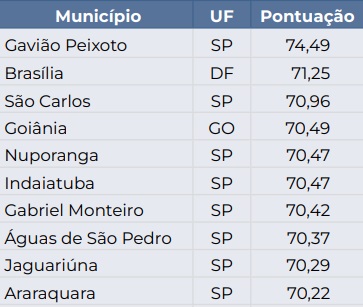
As the ranking shows, eight of the 10 best cities for quality of life are located in the state of São Paulo, in the country’s southern economic stronghold. The country’s capital, Brasília also made the list along with another planned city 207 kilometers away, Goiânia, which is the capital of the central Goiás state.
At the other end of the spectrum, municipalities in the northern part of Brazil, which has historically been a region neglected by public and private investment, tended to score lowest in terms of quality of life. The 10 worst cities in terms of quality of life all came from Pará and Roraima, two states on the border with Venezuela that house much of Brazil’s Amazon Rainforest and Indigenous populations.
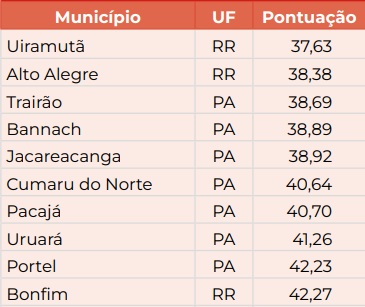
“There is significant inequality in the distribution of social progress among Brazilian municipalities according to SPI Brazil 2024. The ranking of municipalities with the best and worst performances in terms of SPI scores revealed a stark contrast between the Amazon region, where most critical municipalities are located, and the Southeast of Brazil, home to the municipalities with the highest SPI scores,” the study read.
Technology and development
Located about 243 kilometers from São Paulo, Gavião Peixoto, which boasts the best quality of life in Brazil according to the study, has a population of just 4,702.
The tranquil town is full of natural attractions such as waterfalls, trails, and beautiful landscapes in Brazil’s Atlantic Forest. However, one key aspect contributed to this small municipality securing the top spot in the SPI Brazil 2024 ranking: Gavião Peixoto is home to a facility for Embraer, one of the world’s largest aircraft manufacturers.
The company invested heavily in establishing one of its modern factories there in 2001, helping transform the town into a technological hub and creating job opportunities for the local population, which has the highest average salary in the state of São Paulo. About 2,800 of Gavião Peixoto’s residents work at the Embraer facility, primarily responsible for producing military aircraft, including the new Gripen fighter jets purchased by the Brazilian Air Force from Sweden.
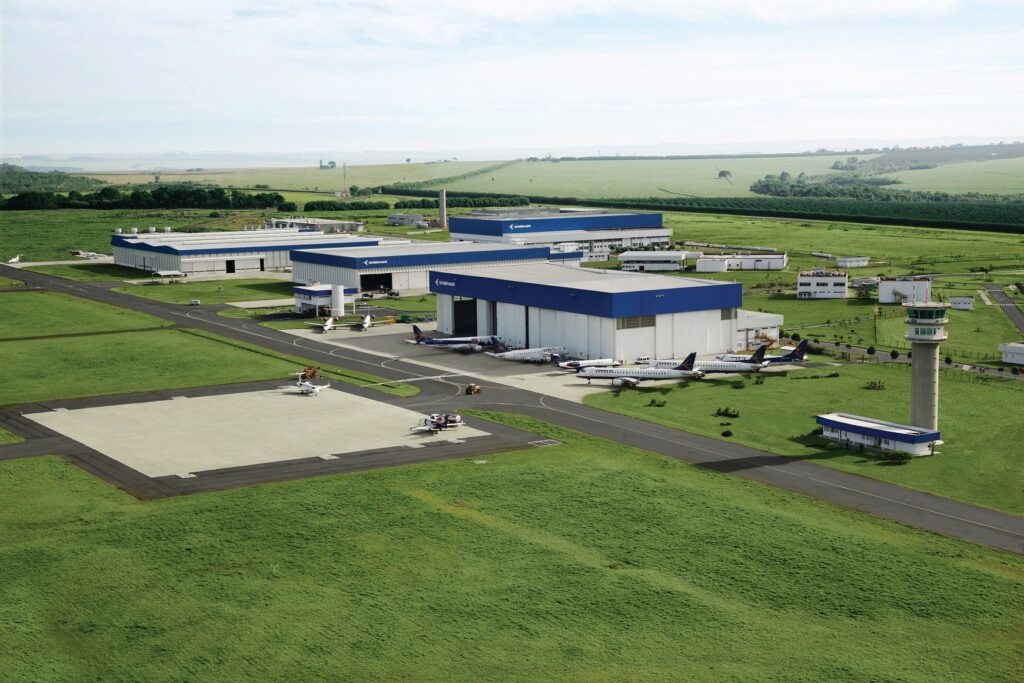
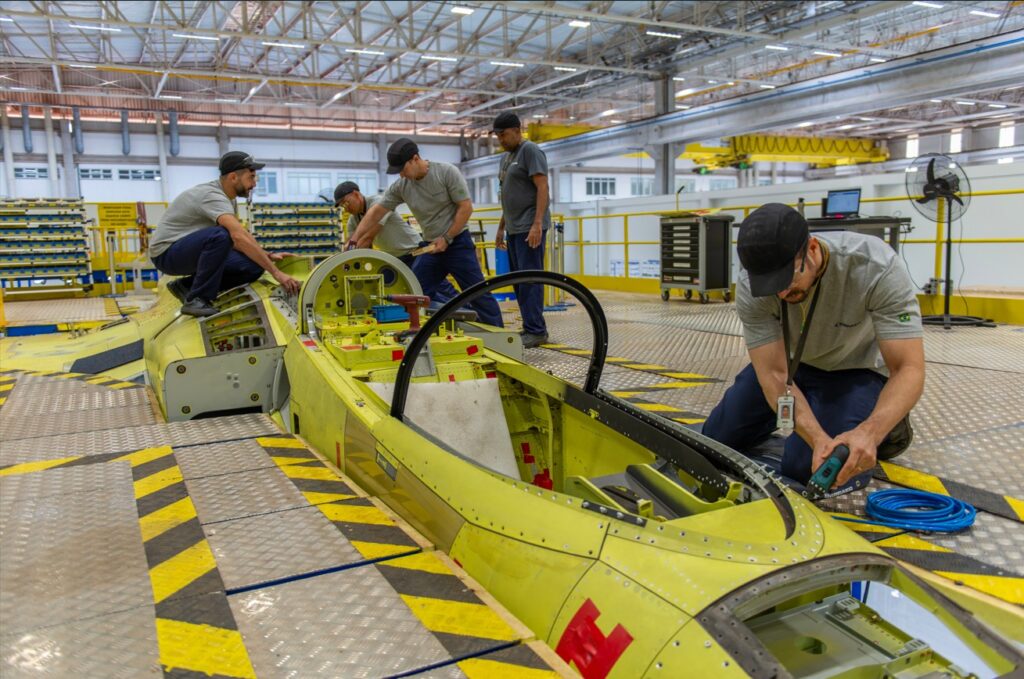
(Embraer / Saab Brasil courtesy)
The city achieved the highest SPI scores in indicators such as adequate sewage treatment, water supply through distribution networks, extensive coverage of fixed and broadband internet, easy access to culture, leisure, and sports, low school dropout rates, and low infant mortality.
Ranked second, the federal capital Brasília excelled in areas like large urban green spaces, high life expectancy of its population, adequate water supply, easy access to culture, leisure, and sports, extensive mobile internet coverage, high density of fixed broadband internet, low infant mortality rates up to five years, and low school dropout rates. Brasília is a planned city which was inaugurated in 1960 to replace Rio de Janeiro as the country’s capital.
Listed in third place, the city of São Carlos in the interior of São Paulo state is considered Brazil’s tech capital. The municipality is home to two of Brazil’s top universities: a campus of the University of São Paulo (USP) and the Federal University of São Carlos (UFSCar). Over 230 tech companies and startups are also based in the city.

(Rectory UFSCar courtesy)
One of the main factors that transformed the city into this technology hub was the establishment of the São Carlos High Technology Park Foundation (ParqTec) in December 1984. This non-profit organization promotes regional development by fostering entrepreneurship and transferring knowledge from universities to companies. The origins of ParqTec are linked to the spread of incubators, a model that emerged in the late 1950s in the United States, aiming to support the development of small tech companies and encourage the transformation of academic research and discoveries into high-tech products and services.
On the SPI ranking, São Carlos scored exceptionally well in areas such as mobile and broadband internet coverage, water supply networks, high life expectancy, access to higher education, ample urban parks and plazas, and access to culture, leisure, and sports.
Different realities in the same country
On the northern border with Venezuela and Guyana, Uiramutã, the lowest-ranked city on the SPI Brazil 2024 list, bears little resemblance to prosperous Gavião Peixoto, except for its small population of 13,751.
Located in the Amazon, Uiramutã is proportionally the most Indigenous city in Brazil, with 96.60% of its population of Indigenous origin, according to the 2022 Census. Despite its stunning surroundings, the SPI revealed severe basic infrastructure issues in the city, such as low sewage collection and water supply coverage, limited internet access, poor housing conditions, and more. The SPI also highlighted limited access to culture, leisure, and sports, low vaccination coverage, scarce higher education opportunities, high dropout rates, violence against women, and mortality from treatable diseases.
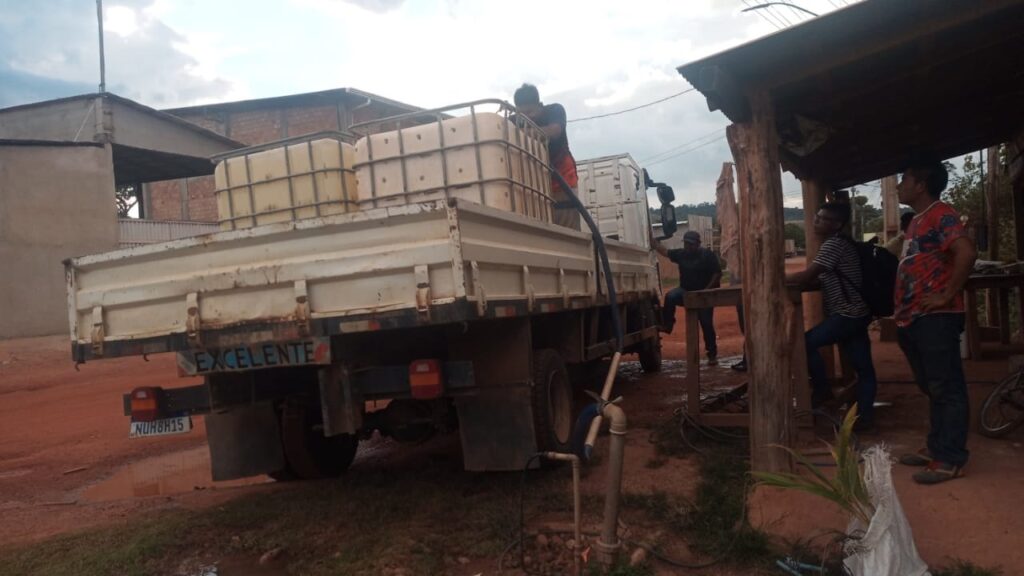
(Uiramutã City Hall courtesy)
Second to last on the list, the municipality of Alto Alegre, also in the state of Roraima, received poor scores in indicators such as vaccination coverage, infant mortality, youth homicide and general homicide rates, low mobile internet coverage, low broadband internet density, precarious water supply networks, and housing constructed without adequate lighting, walls, and floors.
“Starting in 2024, SPI Brazil will be updated annually to allow for comparing municipalities’ socio-environmental performance over time,” the study asserted. “Measuring the social situation of these territories on an annual basis is essential to capture changes and trends and contribute to the improvement of public policies and local public management.”


